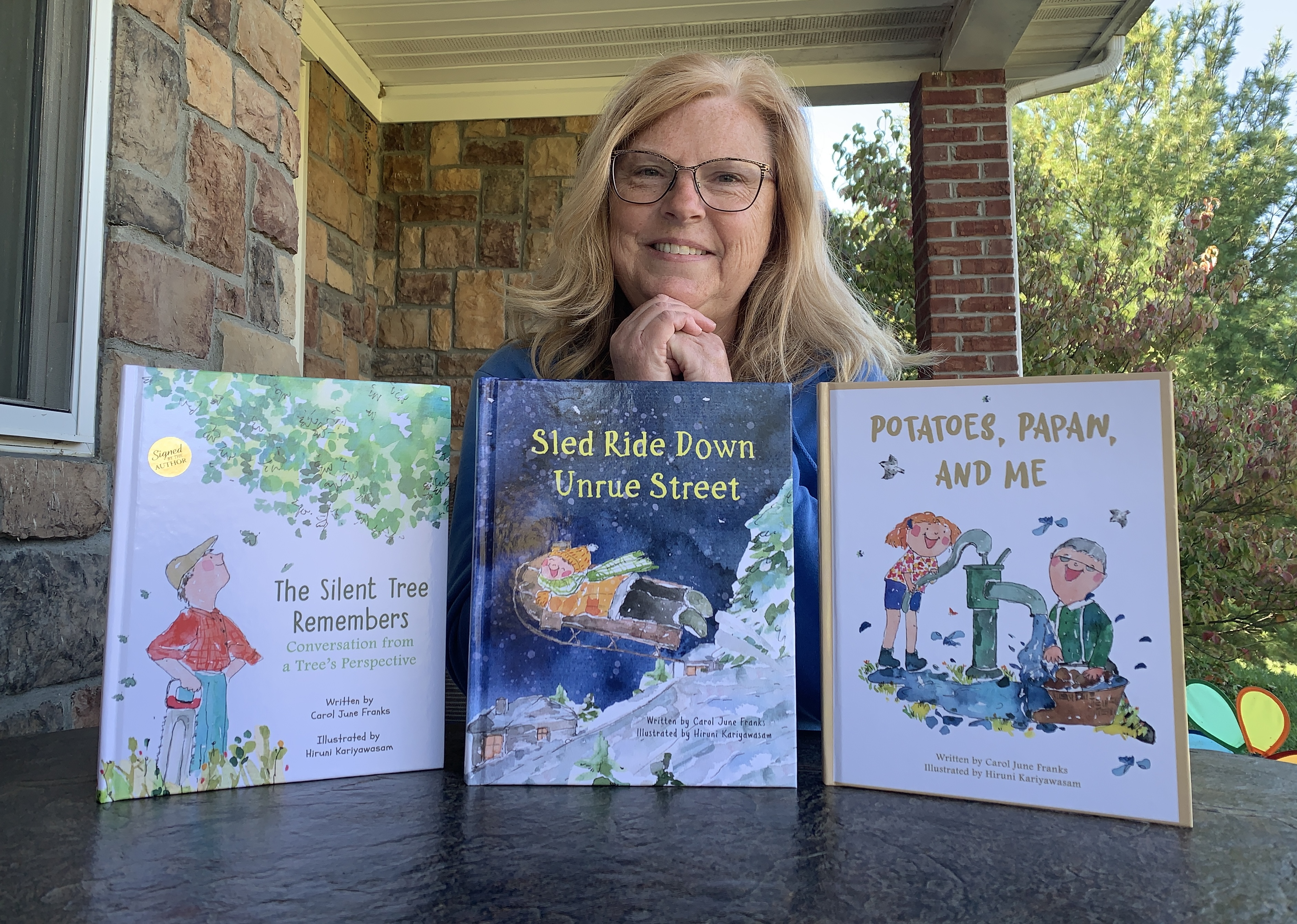How This Children's Book Author Writes

When someone asks me how I write, I know my way is not the only way. Authors’ writing processes vary. My way works for me. Writing is not always easy and it certainly takes discipline. If you are just getting started, my way may provide you guidance. For others who write regularly, maybe you’ll see bits of your own process here. Although I generally write children's books, the path from idea to publication is similar for any type of writing. When an idea pops into my head or there is something I want to write about, I generally mull over that idea for a while. I may record a few words, phrases, or a possible structure as “notes to self” just so I don’t lose a good idea to the abyss. But mostly, I just let it sit on my brain and soak a bit.
When I’m ready to begin writing, I start by looking over my notes, then create a of list of ideas in my journal. I read over those ideas a few times, adding words, phrases, details, or additional thoughts. I don’t worry about organization. I don’t worry if details don’t seem to fit or I don’t have “the right” words. Incomplete sentences and thoughts are also welcome. I just get them out of my head and down on paper. I’m messy. I write in margins, along the sides of the paper filling any available space.
Next, I take that mess of ideas, words, and notions and transfer it to my laptop. As I transfer my brainstorming, I continue to add details, words, and phrases as they pop into my head. I begin thinking more about structure. I take advantage of the ease of technology to rearrange the order of ideas. I also start considering how to incorporate rhythm into the story of my children’s book.
Then begins a cycle of printing, reading out loud, and revising on paper before transferring revisions to my computer draft. I spend quite a bit of time repeating this cycle. I work on organizing the text into a sequence that makes sense. Because rhythm and flow are so important to a children’s book, I read out loud A LOT. I play with words and I check word choice.
When I get stuck, I take a walk or do something else. After a mind break, and while still walking or doing some other task, I may think about what’s getting me stuck. Later, I’ll return to my paper copy and if I’m still stuck, I’ll just start jotting down related words and phrases. Generally, after a break and some out of the weeds note making, I get unstuck along the way.
After a while, I get really nit-picky about EVERY SINGLE WORD. I look for patterns in rhythm, meter, word choice, and structure. I ask myself some basic questions: Is the pattern sustained throughout? Is this a fun read aloud and structured for reading together? Does the sequence make sense? Does it flow? Do the words create images in my readers’ heads? Is the vocabulary rich, age appropriate, and does it stretch learning?
Finally, I leave it alone a few days. Sometimes while I’m away, words or phrases, thoughts on structure or other ideas pop into my head. When that happens, I make a note so I don’t lose that spark. I’ll have it when I return to reread and continue to revise.
Once I feel that I have a good draft, it’s time to get feedback from someone (and often, several someones) I trust to give honest feedback. I consider critique suggestions and make revisions, holding true to my vision for the work. I’m back to my cycle of reviewing, writing, printing, reading out loud, adding details, and revising.
I leave it alone for a few days - again. Then revisit, read out loud, confirm or revise. I check my pattern questions once more before doing a final edit for correctness and word accuracy.
When I’m ready, I hit publish!
Now it’s your turn!
Finding a writing process that works for you is a good way to move your author journey forward. Good writing take time, effort, and revision, but creating a work of art which you are proud of is certainly worth that dedication any day of the week.
